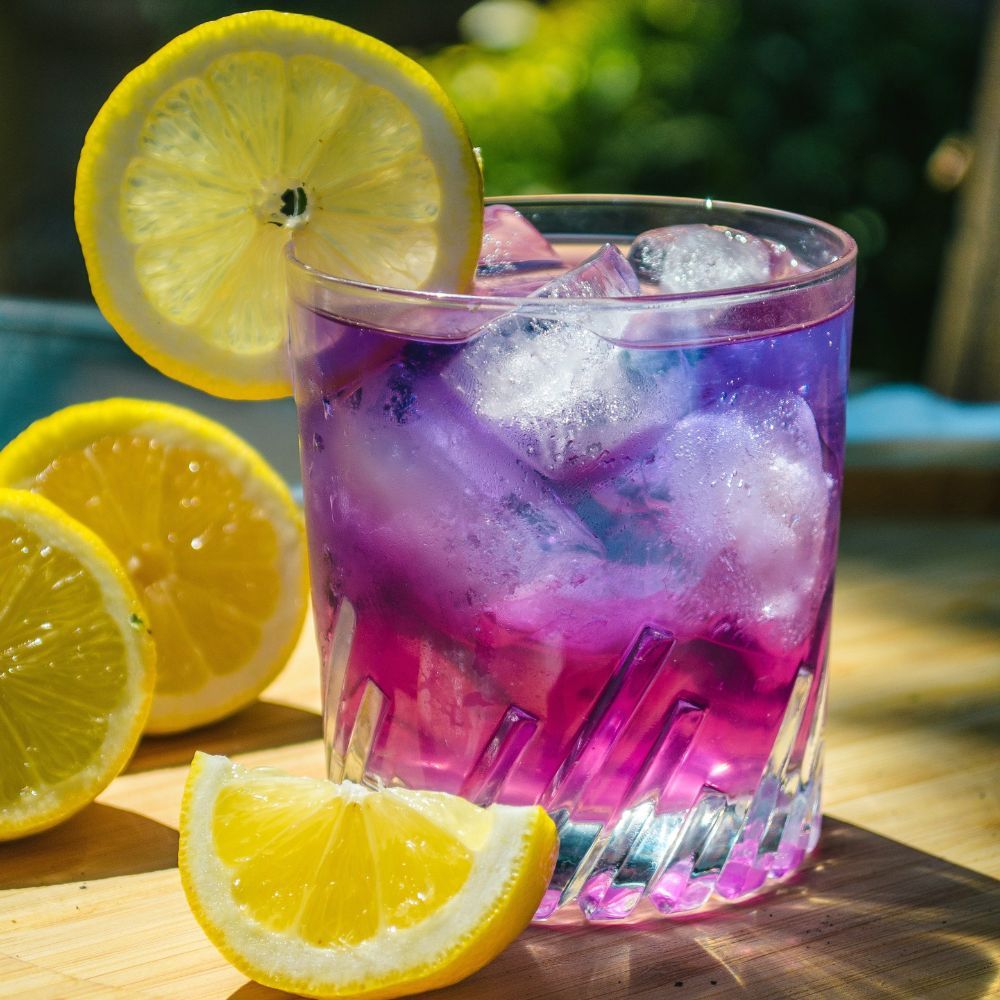Are All 3 Leaf Plants Poisonous? An In-Depth, Fact-Based Analysis

Step into any neighborhood park, and you’ll probably overhear someone muttering, “Leaves of three, let it be.” In my experience as a landscaper in the Midwest—where poison ivy is basically a rite of passage for the unprepared—I’ve seen just how much confusion those three little leaves can cause. Here’s what I wish someone had told me before my first summer spent yanking weeds with bare hands: Not every trifoliate plant is out to get you, but treating every patch like a potential hazard until proven otherwise has saved me (and my crew) countless hours of rashy regret.

The Real Story: Three-Leaf Plants Aren’t All Poison
Let’s cut through the folklore. The “three leaves = danger” rule? It’s about as accurate as assuming all red cars are fast. Sure, some notorious offenders like poison ivy and poison oak wear that three-leaf badge, but so do harmless plants like wild strawberries and clover. I once watched a neighbor rip every wild strawberry plant from her garden beds out of fear—then realized she’d also trashed her best pollinator attractor.
Tested Trick: How I Tell the Difference Without Guesswork
After years on job sites (and one too many accidental brushes with itchy invaders), here’s how I approach unknown trifoliate plants:
- Look for context clues: Is it growing along fence lines or under trees where birds might have dropped seeds? Poison ivy loves these disturbed edges.
- Leaf texture check: Poisonous varieties often have shiny new growth; strawberries and clover are matte or fuzzy.
- Stem color: Reddish stems connecting leaflets almost always spell trouble.
- Don’t rely on memory alone: Take photos with your phone and compare later—or share them with your local extension office for ID.
I keep laminated cards in my work truck showing both poisonous and non-poisonous lookalikes; this has prevented more than a few rookie mistakes among new hires.
My First Failure—and What It Taught Me
Back in 2017, I misidentified young blackberry shoots as poison ivy during a spring cleanup job. I yanked them all, only to discover weeks later that my client was expecting fruit come summer—and wasn’t thrilled to find empty trellises instead of berries. Lesson learned: If there’s any doubt, wait until flowers or fruit appear before removing unfamiliar plants (if safety allows).

Why Does “Leaves of Three” Get So Much Attention?
Because urushiol—the oil found in poison ivy/oak/sumac—doesn’t mess around. In field tests (read: accidental exposures), we found that even brushing against damp foliage could leave enough oil for an angry rash days later. Here’s what works when exposure happens:
- Immediate action matters: We keep bottles of Tecnu cleanser ($12 for 12oz at most hardware stores) and basic rubbing alcohol wipes in our gear bag at all times.
- Cold water only: Avoid hot water—our team learned the hard way that it opens pores, letting more urushiol sink in.
- Double-wash clothes/tools: Urushiol sticks like glue—even after months in storage!
Once, we traced a recurring rash back to an old pair of gloves hanging in the shed; washing those gloves solved the mystery (and saved two weeks of scratching).
Don’t Let Kids or Pets Become Accidental Victims
If you have curious toddlers or off-leash pups roaming around:
- Do a monthly perimeter check—especially after storms or heavy yardwork when roots get disturbed.
- Use brightly colored flags to mark suspicious patches temporarily (we use orange survey flags; $3 for a pack).
- Teach kids what to look for using real leaves taped onto flashcards—not just internet photos.
- After hikes or playtime, wipe pet paws with unscented baby wipes before coming indoors.
Common Missteps That Bite Back
Here are mistakes I’ve seen time and again:
- Burning brush piles without checking for poison ivy—smoke can trigger severe respiratory issues.
- Assuming pets are immune because they don’t break out—the oils end up on your furniture next!
- Forgetting tools—pruning shears left unwashed can transfer oil months later.
In one memorable case from 2020, we discovered urushiol residue on an old garden rake a full year after its last use—that tool alone caused two separate family members to develop rashes within days.
Safe Removal: No Shortcuts Allowed
For small infestations:
- Don heavy-duty nitrile gloves over cotton liners
- Wear long sleeves tucked into gloves (tape wrists if necessary)
- Bag everything immediately; don’t compost
- Wash up before touching anything else—including your phone!
For major outbreaks woven through fences or shrubs? That’s when I call specialized removal teams—it costs roughly $200–$400 depending on square footage here in Ohio, but it beats medical bills any day.

Not Everyone Reacts…But Anyone Can Carry It Home
Roughly 15% of people seem immune—but after seeing lifelong immunity vanish from repeated exposure (my uncle went decades untouched before suddenly reacting at age 60), I never risk it anymore.
Pets rarely show symptoms themselves thanks to their fur barrier—but they’re perfect little oil mules back into your house.
My Field-Tested Action Plan
If you want peace of mind outdoors:
- Walk your property twice each season with fresh eyes—or new photos—for mystery plants
- Keep soap/alcohol wipes stashed by your mudroom door
- Show family members real examples whenever possible
- When uncertain? Mark the spot and consult experts—in-person plant walks with county extension agents have been worth every minute for us
Remember: Outdoor spaces should spark joy—not anxiety about invisible hazards lurking underfoot! With these practical steps (all tested over years in real yards), you can spend more time enjoying nature—and less time itching from it.
And if you ever find yourself second guessing that patch behind the shed? Snap a photo before pulling anything—you’ll thank yourself when berry season rolls around!



